Royal Enfield Parallel-Twin Engine Sound Decoded

While we await the first ride reviews of the much awaited Royal Enfield twins, we help you understand those throaty parallel twins a bit better
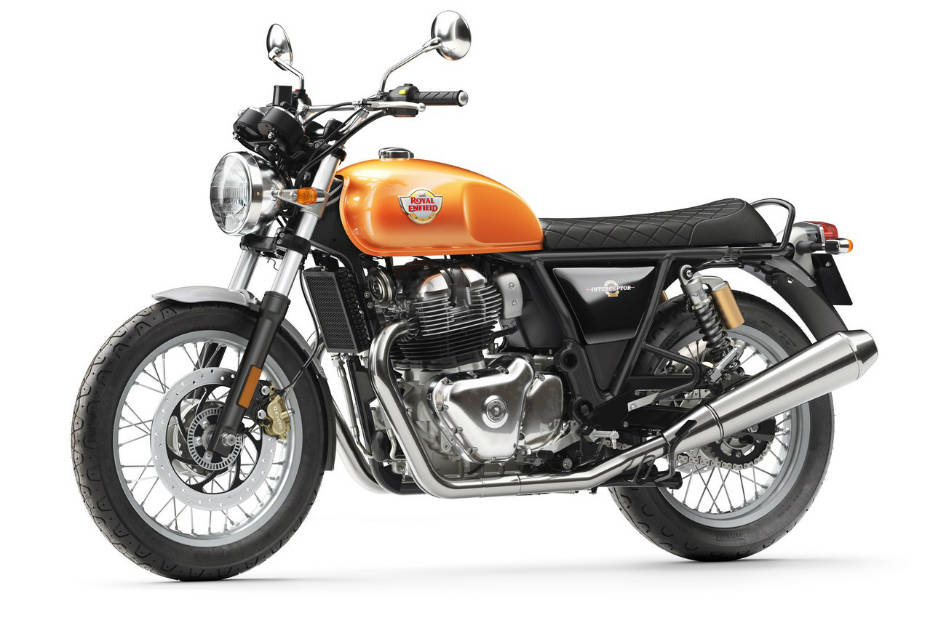
The seemingly never ending wait for the much anticipated Royal Enfield 650 twins is finally coming to an end. The duo will be launched on 27th September and we’ll finally have an answer to the most asked question: How much do they cost? While we still have a little over 24 hours to go for the international launch, we now know how the parallel twins sound through the videos available online. And if you’re as curious as we are, you’ll want to know why it sounds like a V-twin, so here it goes.
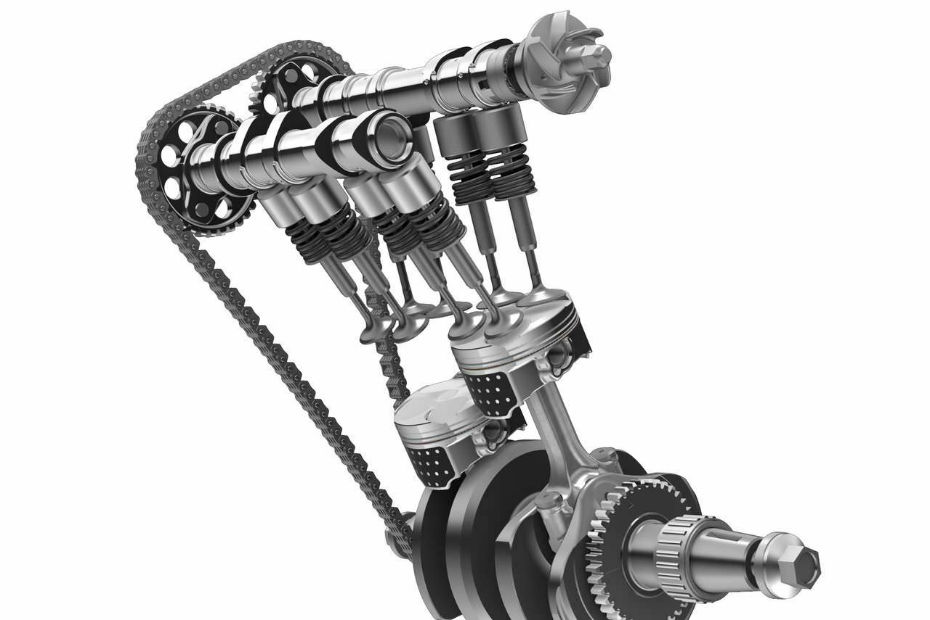
First off, let's understand the workings of a typical parallel twin (inline twin) motor like the Kawasaki Ninja 650. It all begins with the crank which is set at 180 degrees. In a parallel twin engine, there are two pistons adjacent to each other and connected to a single crankshaft. It runs on a 720-degree combustion cycle, which means both the cylinders run in opposite directions to each other (180 degrees apart), after which they have to cover almost a 540-degree cycle before the next power stroke. The second set of power stroke intervals here are spaced out quite a bit. That said, these engines are known to have lesser vibrations, be happier at the top end of the rev band and have a sweet sounding whine to them.
Why does the RE 650 sound like a V-twin?
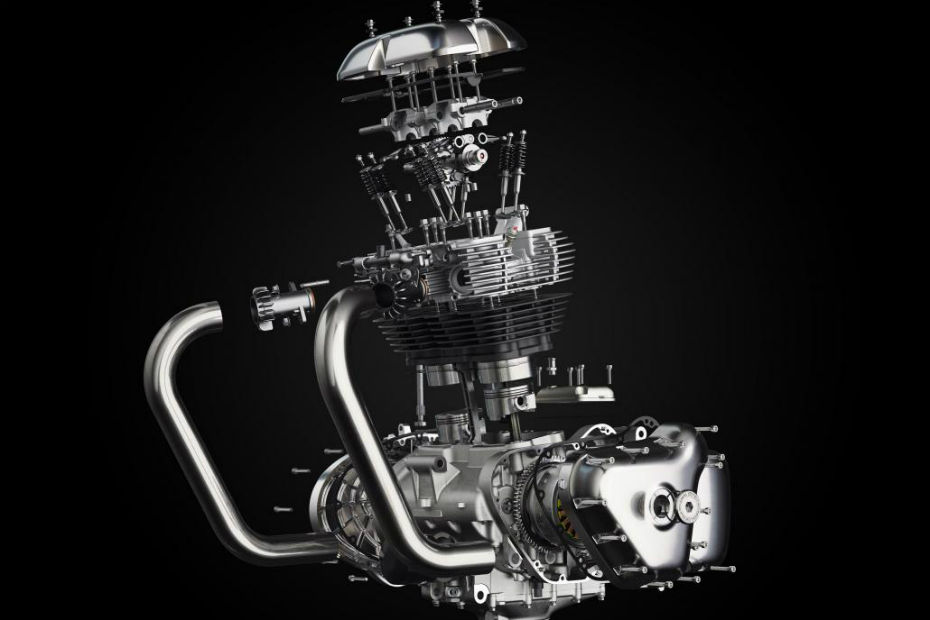
The pistons on the 650 twins are positioned at a 270-degree angle, where the first piston and the second piston almost work in tandem to each other but not as much as a 360-degree motor. Technically speaking, the first piston follows the second one at three-fourth of a crank rotation, almost as if the second piston is pulling the first one with it on the way up.
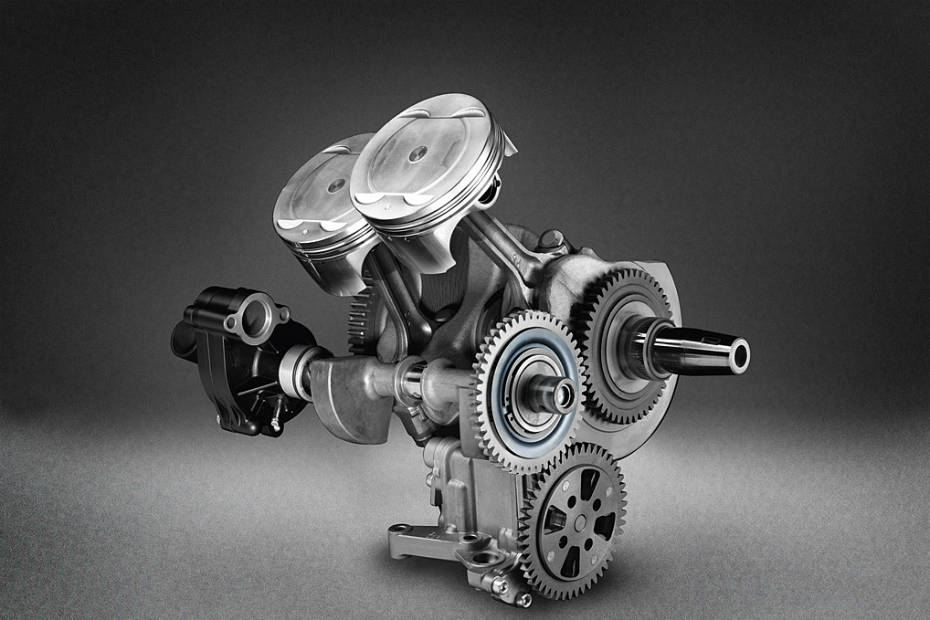
Essentially, the second piston hits the power stroke at 270-degrees and the first one follows suit after 450-degrees. As a result, in comparison to the typical parallel twin engine, the power stroke here is a lot more evenly spaced out. Notably, the parallel twins on the RE sounds throatier, quite similar to that of a 90-degree V-twin, which has a similar combustion cycle.
How can you improve it?
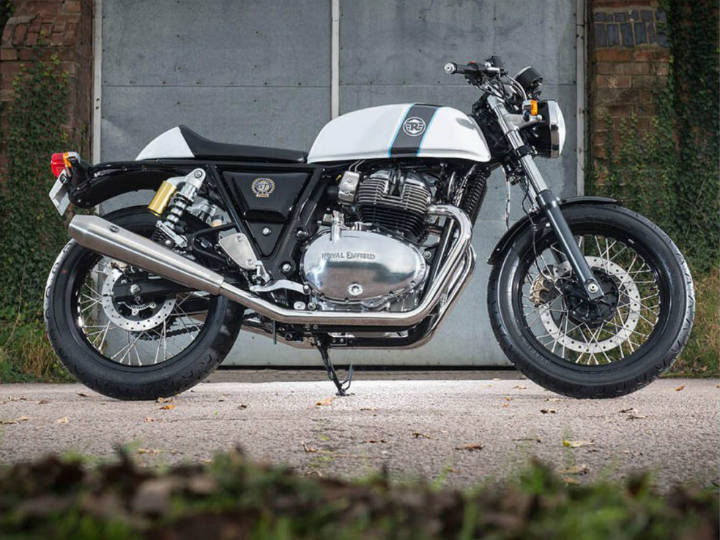
If the stock exhaust pipes on the Royal Enfield twins haven’t impressed you, the bikemaker also offers a pair of optional (yes, you need to pay more) SNS exhaust end cans which sounds even better.
This Story has not been edited by ABP News. It has been published through bikedekho.com feed directly.






































